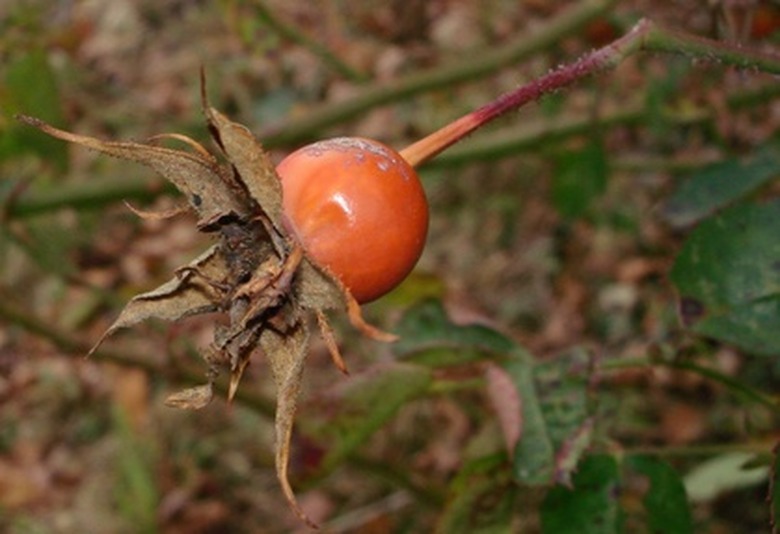How To Propagate A Crabapple Tree From A Sucker
Crabapples, although edible, are often grown for ornamental reason around landscape borders. Their flowers and fruit provide attractive decoration, and put out a sweet smell. Suckers or shoots often come up in the soil around the base of crabapple trees from the roots. It is essential to remove the suckers so that the don't take nutrients from the parent tree, and affect its health. Use the suckers you remove to propagate new crabapple trees.
Step 1
Look around the base of the crabapple tree for suckers that grow up from the ground around the root of the tree in either the fall or springtime.
Step 2
Use a hand shovel to dig around the sucker to loosen it from the ground. Sometimes the suckers have developed roots, but not always. Dig around the roots until they become loosened, and then lift the sucker out of the soil.
- Crabapples, although edible, are often grown for ornamental reason around landscape borders.
- Look around the base of the crabapple tree for suckers that grow up from the ground around the root of the tree in either the fall or springtime.
Step 3
Fill a 10-inch well-drained pot with sterile potting soil. Dip the bottom of the sucker in rooting hormone for a few minutes if roots have not already begun to develop. Bury the roots or the bottom three-quarters of the sucker into the potting soil.
Step 4
Use a spray bottle to mist the soil and plant with enough water to dampen the soil. Repeat watering each day.
Step 5
Put your pot in indirect sunlight. Let the plant become well established in the pot before planting your crabapple into a permanent spot outdoors the following spring.
- Fill a 10-inch well-drained pot with sterile potting soil.
- Use a spray bottle to mist the soil and plant with enough water to dampen the soil.
Dig Out A Crabapple Tree
Root prune the crabapple in early spring while it is still dormant. The diameter of the circle depends on the thickness of the tree trunk; calculate 12 inches for each inch of trunk diameter. Measure the distance to utility lines and plant neighbors from the crabapple's new planting site to be sure that the tree has room to grow to its mature height; tree height will vary among cultivars from 10 to about 25 feet. Work the soil to a depth of 20 inches. Shovel out the planting hole on top of the worked soil. Widen the cut into a trench around the tree, continuing to dig until you can slip the shovel under the root ball. Tamp down the dirt with the back of a shovel. Do not allow the mulch to come in contact with the tree trunk.
- Root prune the crabapple in early spring while it is still dormant.
- Widen the cut into a trench around the tree, continuing to dig until you can slip the shovel under the root ball.
Things Needed
- Hand shovel
- 10-inch pot
- Potting soil
- Rooting hormone
- Spray bottle
References
- Kansas State University: Flowering Crabapple
- Cal Poly SelecTree: Japanese Flowering Crabapple (Malus Floribunda)
- Monrovia: Centurion Crabapple (Malus X "Centzan")
- Missouri Botanical Garden: Malus "Jewelberry"
- Sunset: How to Transplant Shrubs, Trees
- University of California Master Gardeners Napa County: Transplanting Shrubs and Trees
